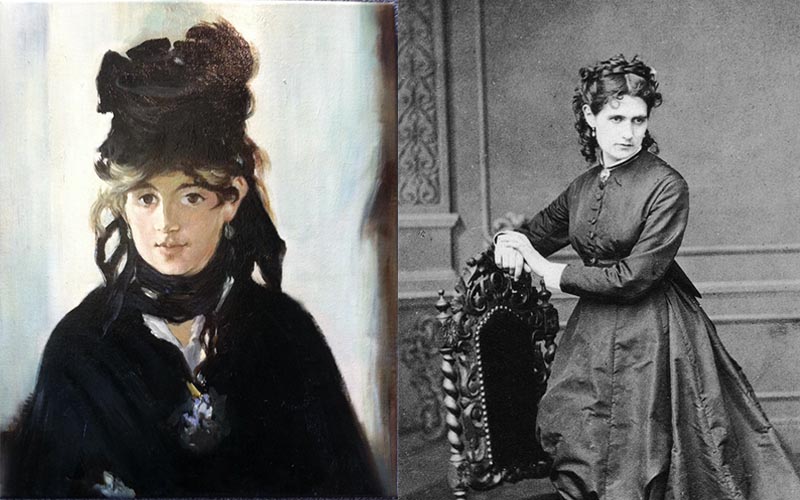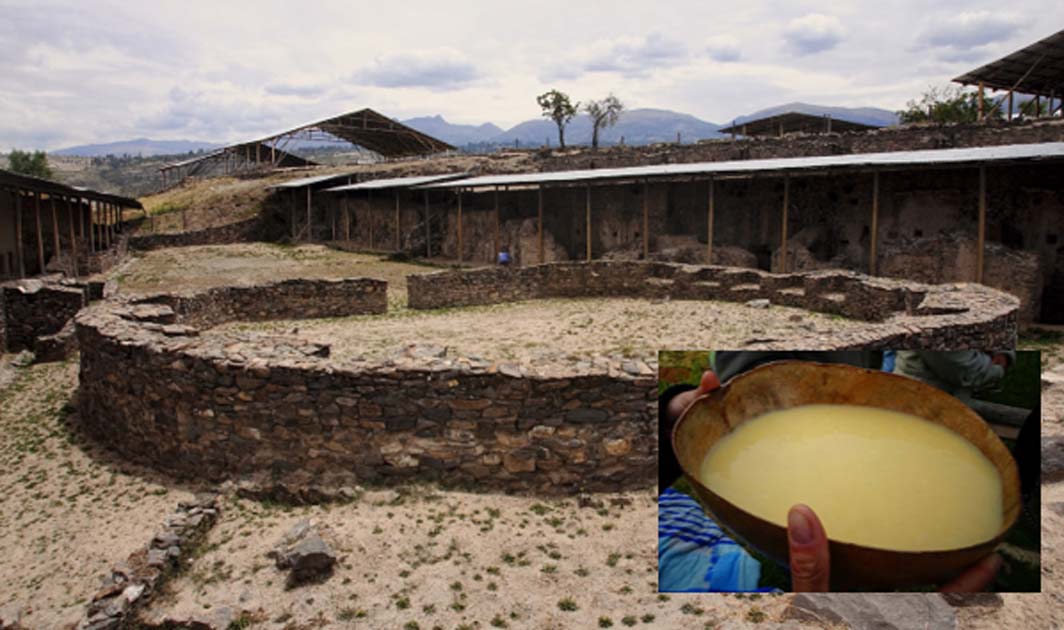via the Guardian by Peter Watts

A London gin palace, circa 1820. Illustration: Chronicle/Alamy
Entrepreneurs came up with increasingly elaborate ways to part Londoners from their money, inventing many staples of the modern leisure industry
Whether it was visiting a “human zoo”, taking a bull on a hot-air balloon ride, or singing risqué songs about rhubarb, Victorian Londoners loved to have fun.
As entrepreneurs and impresarios came up with increasingly elaborate ways to make money from the capital’s huge potential audience, Victorians effectively invented the modern leisure industry – including theme parks, pubs and professional football.
As a new book by historian Lee Jackson explains, the hunt for profit took place against the backdrop of typical Victorian concerns surrounding morality, class and empire.
So where did Victorians go for fun?
And what still exists today?,
Continue reading
First up is Wilton’s, Whitechapel – been there. Fascinating place, expensive food (where isn’t in London?) but good and friendly service.
==============================
Always the Model, Never the Artist
via Arts and Letters Daily: Madison Mainwaring in the PARIS REVIEW

LEFT: ÉDOUARD MANET, BERTHE MORISOT WITH BOUQUET OF VIOLETS, 1872; RIGHT: PHOTO OF BERTHE MORISOT
“It’s annoying they’re not men,” Édouard Manet wrote to fellow artist Henri Fantin-Latour, after meeting Berthe and Edma Morisot, two sisters from the Parisian upper crust who were promising painters. He found them “charming” and feared that because they were women, their accomplishments would inevitably go to waste. Manet thought the Morisot sisters should “further the cause of painting by marrying académiciens,” members of the jury who selected which works to display at the Académie des Beaux-Arts’s annual salon. The possibility that the Morisots might actually become artists did not seem to occur to him. Manet envisioned the Morisot sisters might make their mark in the annals of art as counsellors to men in power – by influencing their tastes and sympathies, and convincing them of the worth of outsider artists (such as Manet himself).
Continue reading
I was enchanted by many of the images which I had not known about before seeing them in this article.
I was enchanted by many of the images which I had not known about before seeing them in this article.
==============================
via the OUP blog by Steven Filippi

Debby Hudson, CC0 via unsplash.
Famed English novelist Jane Austen had an extensive, intimate correspondence with her older sister Cassandra throughout her life, writing thousands of letters before her untimely death at the age of 41 in July 1817. However, only 161 have survived to this day. Cassandra purged the letters in the 1840s, destroying a majority and censoring those that remained of any salacious gossip in a bid to protect Jane’s reputation.
Continue reading
==============================
via Library Link of the DayL Madeleine Gregory in Tech by VICE
Scientists used machine learning to reveal new scientific knowledge hidden in old research papers.
Using just the language in millions of old scientific papers, a machine learning algorithm was able to make completely new scientific discoveries.
In a study published in Nature [full text PDF] on July 3, researchers from the Lawrence Berkeley National Laboratory used an algorithm called Word2Vec sift through scientific papers for connections humans had missed. Their algorithm then spit out predictions for possible thermoelectric materials, which convert heat to energy and are used in many heating and cooling applications.
Continue reading
==============================
Cook whips up a batch of 1886-recipe Coca-Cola
via Boing Boing by Seamus Bellamy
The Coca-Cola your rotting your guts out with today isn't the Coca Cola that rotted out your great grandfather's guts. On their way from a recipe sorted out for individual use and one developed for mass consumption, things change. Nuances of flavor or texture may be lost or gained. One recipe involves cocaine. The other? Not so much.
==============================
via Interesting Literature
What is ‘metaphysical poetry’, and who were the metaphysical poets? The term – which was popularised by Samuel Johnson in the eighteenth century, is often used to describe the work of poets including John Donne, George Herbert, and Andrew Marvell, although Johnson originally applied it to the poetry of Abraham Cowley. Below are some of the best and most illustrative examples of ‘metaphysical poetry’, which highlight the conceits, extended metaphors, wordplay, and paradoxes which many poets associated with the label ‘metaphysical’ embraced and utilised in their work.
Continue reading
==============================
What is the cosmic web?
When you zoom far enough out, our universe has a very unusual structure.
via the Bog Think blog by Matt Davis
- Composed of massive filaments of galaxies separated by giant voids, the cosmic web is the name astronomers give to the structure of our universe.
- Why does our universe have this peculiar, web-like structure?
- The answer lies in processes that took place in the first few hundred thousand years after the Big Bang.
==============================
Ancient Wari Culture of Peru Prevented Wars with Beer Parties
via Ancient Origins by Ed Whelan

The ruins of the ancient civilization of Wari. Source: Ryszard Stelmachowic / Adobe.
Archaeologists have found evidence that the ancient Wari civilisation of Peru brewed beer, and that it was central to the cultural and political life of their Empire. Beer seems to have been one of the reasons why the Wari Empire was so successful for over 400 years.
A team from the Field Museum of Natural History in America have been working on the Wari site known as Cerro Baúl in the magnificent Moquegua Valley in Peru. They have made a series of exciting discoveries, including a brewery found buried under the sand.
Cerro Baúl was once a strategic frontier post in the Wari Empire as it neighboured the powerful Tiwanaku state. This frontier post was not only strongly fortified but was also an important centre ‘for lavish banquets and beer brewing’ according to National Geographic.via Boing Boing by Xeni Jardin
Not entirely sure what's going on in this video as I do not speak Japanese, but the title is: Capybara @ Izu Shaboten Animal Park [open-air bath of ancestral capybara] to put mandarin orange on head
And to be honest, that is enough for me.
==============================
Say Nothing: A History of Silence
In this week’s Dispatches from The Secret Library, Dr Oliver Tearle contemplates silence, courtesy of Alain Corbin’s new book

I wasn’t intending to write about this book this week. But then on Monday night, I learnt of the death of Mark Hollis, the lead singer of the 1980s and early 1990s band Talk Talk, and I found myself writing about him. So although this isn’t a music blog and this post isn’t about music, as such, I felt I had to write something. Because there are some of us who feel that Mark Hollis was the most outstanding English songwriter and musician of his time, and his death revealed just how many of us there are who hold that view.
Continue reading
In this week’s Dispatches from The Secret Library, Dr Oliver Tearle contemplates silence, courtesy of Alain Corbin’s new book

I wasn’t intending to write about this book this week. But then on Monday night, I learnt of the death of Mark Hollis, the lead singer of the 1980s and early 1990s band Talk Talk, and I found myself writing about him. So although this isn’t a music blog and this post isn’t about music, as such, I felt I had to write something. Because there are some of us who feel that Mark Hollis was the most outstanding English songwriter and musician of his time, and his death revealed just how many of us there are who hold that view.
Continue reading
No comments:
Post a Comment